Trying to guess how next year’s storms will affect your building materials business?
Well, there’s only one reliable source of information about future weather -- and it may also give us crucial insights into the future business climate as well.
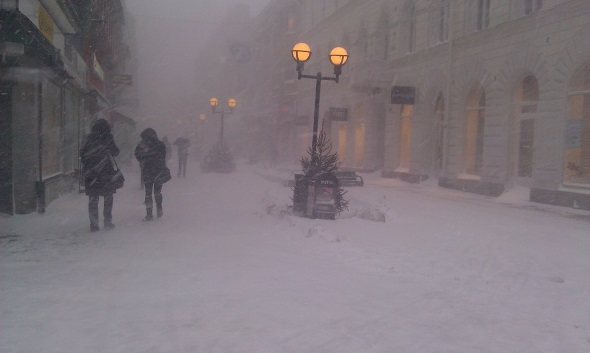
Facts vs. Meaning
But most people don’t rely upon the best source because it seems like the information on television is better. And it seems like the deluge of data from government agencies must mean something. Both of those sources have one thing in common: measurement.
Generally speaking, measurements lay down facts. All the debate about global warming, for example, is starting to settle down because of measurements. Most corporations and governments today would agree that the much-referenced summary of data presented by Bloomberg proves that human activity has led to a two degree planetary warming since 1850.
Anything beyond that is open season.
As Senator Daniel Patrick Moynihan famously observed, “You are entitled to your opinion. But you are not entitled to your own facts.”
So even when people agree on the facts, they may have radically different interpretations of what they mean.
Scientists at the National Ocean and Atmospheric Administration (NOAA) try to predict the weather by using banks of supercomputers. They bought a bunch more this January. If they can get the computer to accurately model weather phenomenon that happened in the past, they assume that if they run the model into the future they’ll create a relatively reliable forecast.
And they might. Except that their forecasts regarding climate change look decades or centuries into the future – not much help when it comes to stocking your lot for storm damage this winter. They predict, for example, that global warming will cause hurricanes to become up to 11% more intense – over the course of a hundred years.
Geological Time vs. Business Development Time
It’s responsible for them to make such long predictions because weather sometimes follows long-term patterns. CrossCheck’s home state of California, for example, is in the middle of the worst drought we’ve seen for a long time.
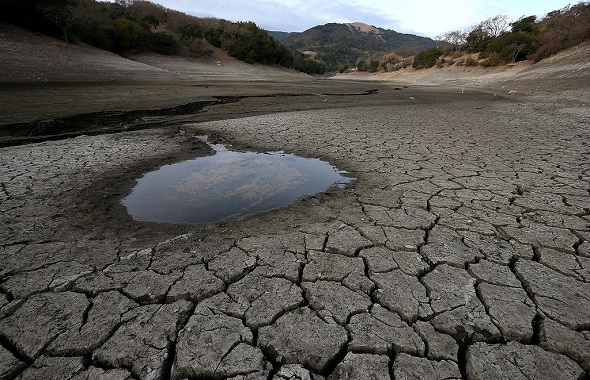
That fits the global warming scenario beautifully, and some are tempted to make a connection between the drought and CO2 emissions. But in fact, even in historical times California has suffered from droughts much worse than this one. For example, in the 800s, when the Mayan’s were the biggest civilization in the area, the state suffered a drought that lasted 250 years.
From that perspective, when the media points out that 2013 was the driest year since 1850, the fact may be less meaningful than the headlines suggest.
Same can be said of storms.
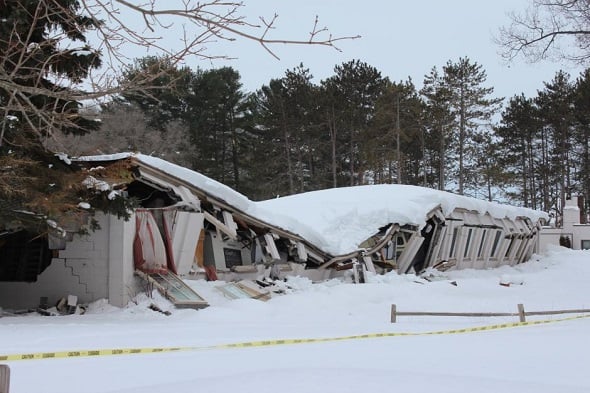
And if you look at the worst blizzards in history, you can see that there’s no pattern to when they happen.
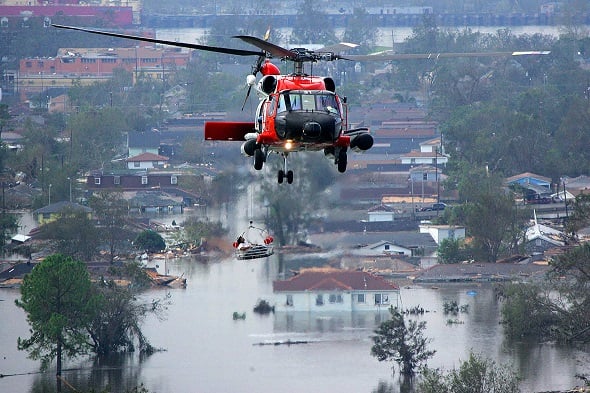
The same goes for the worst hurricanes.
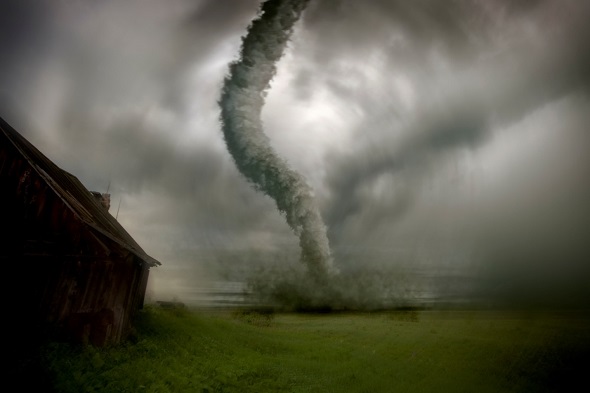
And the worst tornadoes.
Regarding tornadoes, here’s a fact: the worst one ever recorded happened in 2013. What’s that mean? Your guess is probably as good as NOAA’s
Accurately Predicting Future Weather
But your life would certainly be easier if you had some indication as to what was coming your way this winter.
And there is, in fact, one source that can tell you. People who use it claim that it’s 85% accurate, and that it has been for 197 years.
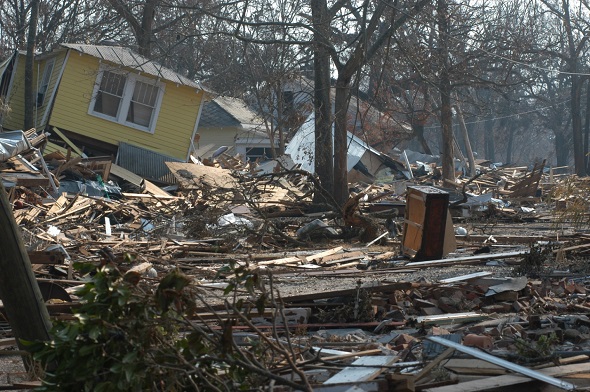
We’re talking about the same source that President Abraham Lincoln, in his lawyer years, once used to get his client acquitted.
The Farmers’ Almanac.
In 1816 the northeast suffered a “year without a summer,” a catastrophe for farmers. Two years later Jacob Mann first published Farmers’ Almanac, having identified a clear need for farmers to know what to expect.
If they’ve actually been 85% accurate for nearly 200 years, then there must be something to their method.
But no one knows what it is, and since the editors have kept it secret for a couple of centuries it’s pretty unlikely they’ll let it go any time soon. No one even knows who does the forecasting; whoever he or she is, they’re referred to as Caleb Weatherbee. And Caleb will tell us only that it is a mathematical formula using sunspot activity, the tides, the position of the planets, and “other factors” they don’t list.
If you buy a copy, you’ll get a much more complete summary, but here’s what they expect across the country for the upcoming winter:
- Deep South: Winter will be much colder than normal, with below-normal precipitation.
- Texas/Oklahoma: Winter temperatures, precipitation, and snowfall all will be below normal.
- Southeast: Winter will be colder and drier than normal, with near- to above-normal snowfall.
- Atlantic Corridor: Winter will be colder and slightly wetter than normal, with above-normal snowfall.
- Pacific Northwest: Precipitation will be below normal in Washington and Oregon and near normal in northern California.
Accurately Predicting Future Business
There’s one more prediction that we can make with Farmers’ Almanac-level certainty: After the storm passes and you begin supplying contractors rebuilding your community, a lot of them will be fronting money to their distraught customers in advance of insurance settlements and government aid. They’ll be under a lot of stress themselves, and they need you to step up and keep their building materials flowing.
In situations like that, mistakes are made. You know that more than two thirds of all that business will be paid for by check, and that even the most conscientious client can either run short of cash or make an accounting error when they’re in the flow of a regional crisis.
Protect yourself and your customers from problems by getting the revenue in those checks guaranteed. That way even if there are delays on your customer’s end, you’ll still be whole. It’s your role to keep the supplies coming, so protect yourself before the storms arrive – which, we predict, will start happening sometime soon.


